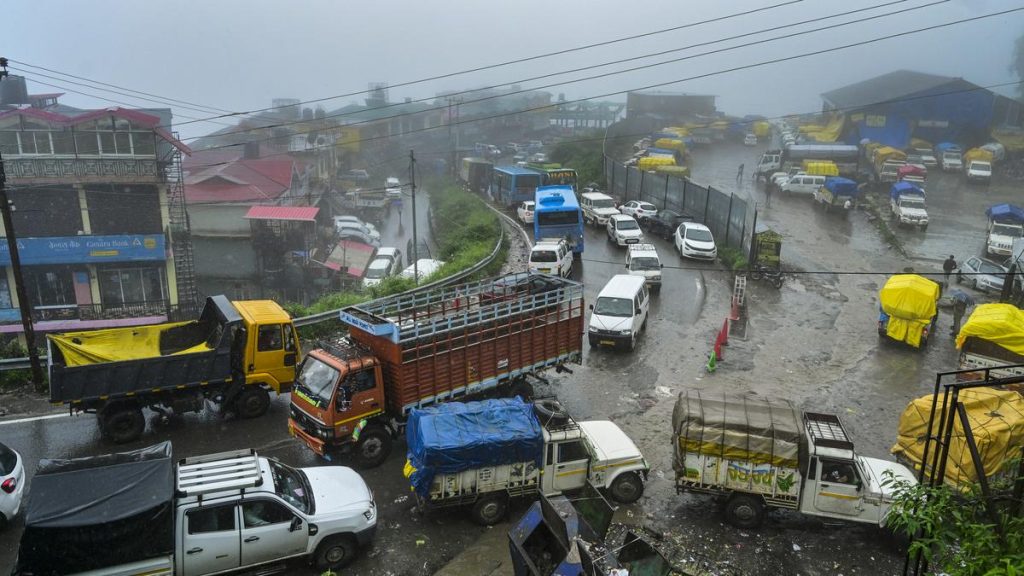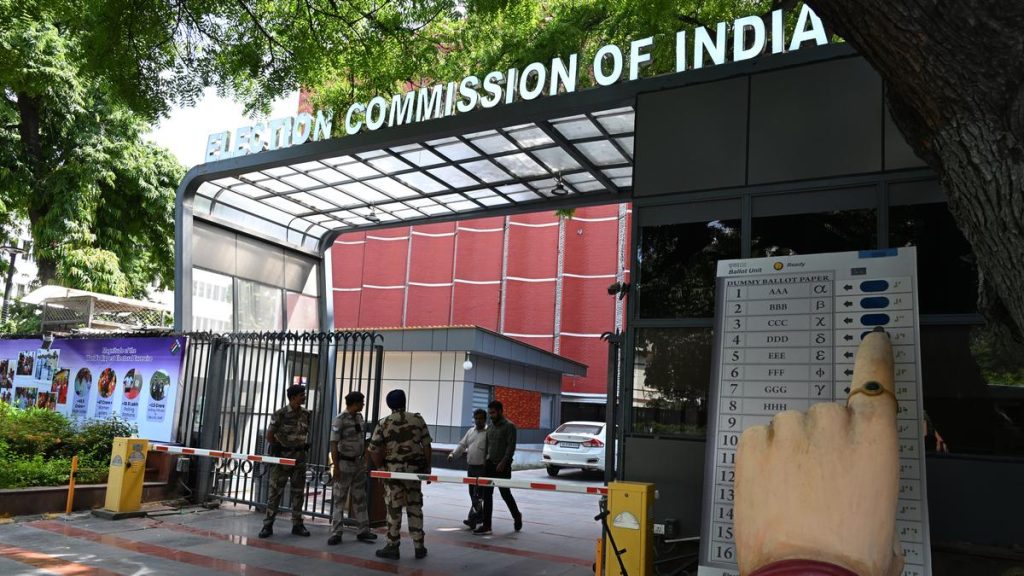Now Reading: Rising Coconut Oil Prices Strain Kerala’s Ayurvedic Industry
-
01
Rising Coconut Oil Prices Strain Kerala’s Ayurvedic Industry
Rising Coconut Oil Prices Strain Kerala’s Ayurvedic Industry

Quick Summary
- Coconut oil Price Surge: Coconut oil prices in Kerala have risen dramatically to ₹450 per litre,creating challenges for Ayurvedic medicine manufacturers.
- Industry Size and Dependence: The Ayurveda industry in Kerala, valued at ₹4,000 crore, requires 12,000 tonnes of coconut oil annually. Coconut oil is used in products like Murivenna (joint-pain remedy) and Dhurdurapathradi Velichenna (dandruff treatment), where its cost significantly impacts production viability.
- Cost Strain on Manufacturers: Despite raising product prices by up to 20%, producers face profitability issues due to high manufacturing costs driven by rising oil prices.
- Regional Oil Scarcity: South India faces a shortage of coconut oil, limiting the ability to manage pricing via imports as done in the past. Manufacturers can’t raise prices further without burdening customers.
- Oil Substitution History: Historically, sesame seed oil was used for Ayurveda products but was replaced with coconut oil decades ago for regional adaptability and farmer support against negative campaigns targeting coconuts.
- Government intervention Request: AMMOI has called on the State government to provide subsidized coconut oil for Ayurveda manufacturers amid hopes that upcoming favorable weather might improve supply within six-to-seven months.
Indian Opinion Analysis
The sharp increase in coconut oil prices highlights larger vulnerabilities across both agriculture-dependent industries and conventional medicine practices reliant on local resources.This trend compounds challenges for Kerala’s Ayurveda manufacturers already navigating rising input costs while attempting not to transfer these burdens onto consumers. The shortages reported across southern India indicate broader supply-chain disruptions that go beyond state boundaries.
Historically tied practices like substituting sesame seed oil suggest adaptive opportunities but also underline how deeply the industry relies on stability within agricultural outputs such as coconuts. Subsidies from governments may offer relief temporarily but are unlikely to address longer-term structural issues around resource availability or price volatility without targeted agricultural interventions or diversification efforts.The interplay of economics with cultural traditions-like Kerala’s adaptation from sesame-based oils-underlines why systematic policies fostering lasting farming and supply security are crucial. Widespread scarcity also signals economic ripple effects reaching sectors like soap-making industries dependent on similar raw materials alongside consumer pressure over increased product pricing.
























